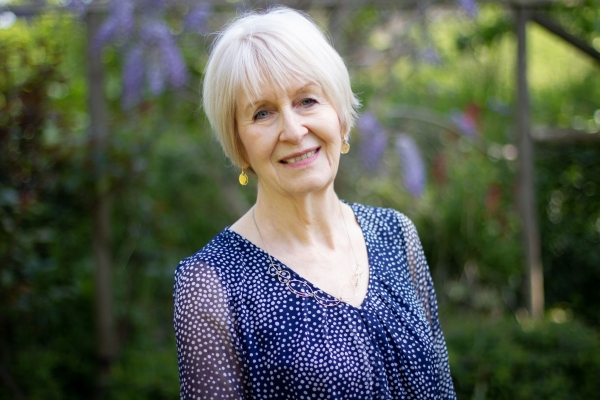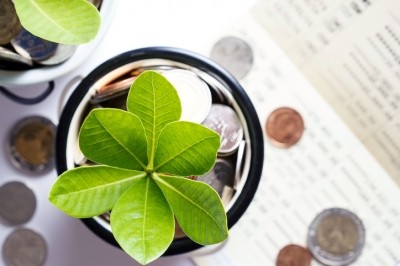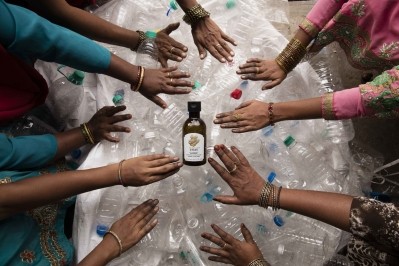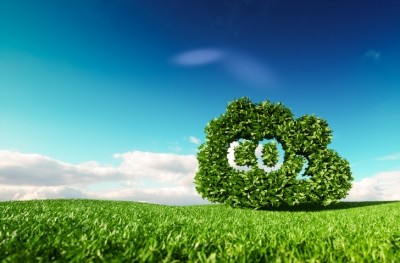Sustainable beauty packaging ‘a bit piecemeal’ despite urgent need for change
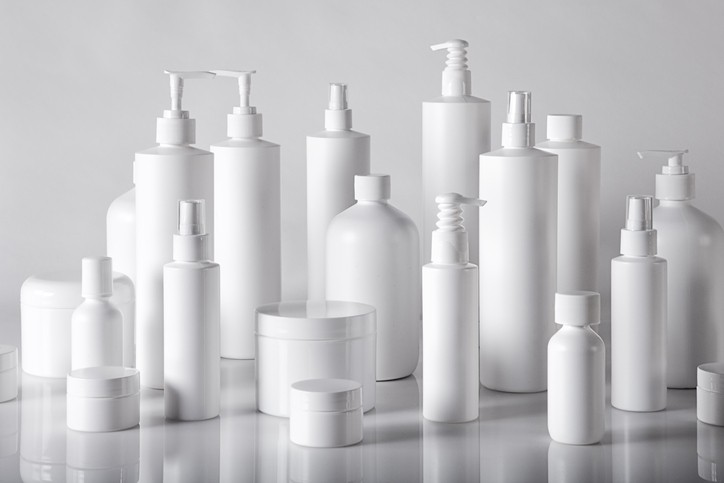
Imogen Matthews, beauty industry commentator and MD of consultancy firm IM Associates, said there was plenty more to be done in driving sustainable packaging across the global beauty sector.
Pushing for ‘true sustainability’
Speaking to CosmeticsDesign-Europe ahead of chairing the upcoming Beauty Forum at Packaging Innovations London 2019 in Olympia London next month, Matthews said: “In my opinion, I think the beauty industry has more than a long way to go before we see true sustainability in terms of packaging. And that’s in terms of recycling, from the point of view of the consumer, and also materials used in beauty products.”
She noted industry had started to change, implementing certain sustainability initiatives with plenty coming from Indie Brands. But, for the large part, efforts remained very gradual, she said.
“It’s a bit piecemeal, in terms of what we’re seeing,” she said. The big brands like Unilever and P&G had introduced some strong initiatives, notably Love Beauty and Planet with 100% recycled bottles and a trial for refillable Olay products, she said, but these efforts were not far-reaching enough.
‘If you believe time is running out, time is of the essence to address these issues’
Of course, Matthews acknowledged that, logistically, sustainable packaging changes “don’t happen overnight”, given use of recyclable or alternative materials often meant product readjustments. Formulations sometimes had to be changed, she said, and contamination became a much bigger issue, particularly for those natural or organic brands that relied on packaging for product preservation. But, she said alternative materials were out there and many more were coming to market fast.
“It’s very simplistic for all of us to believe that it’s going to be a question of just ditch what you were using and move onto the next material. But, all I’m really trying to say is companies are not moving as fast as they could. It is urgent and, therefore, I personally would hope we’ll see a lot more sustainable packaging initiatives coming to the fore over the next 6-12 months.”
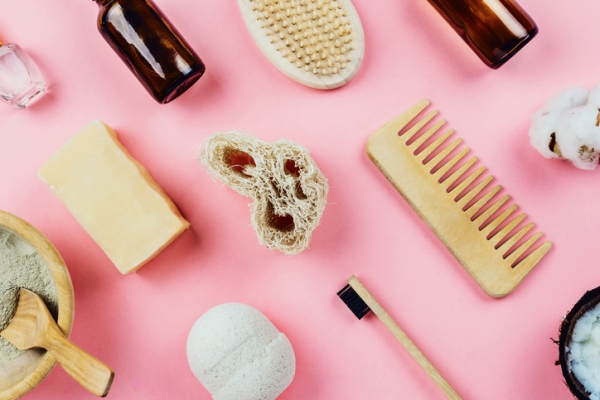
Asked if patents and intellectual property could be preventing wider change, she said: “I would imagine the bigger companies like the L'Oréal’s of this world would be working on patented technology for their packaging, and that takes time, you often see ‘patent-pending’ products. But, is this really about one brand or one company trying to get ahead of the rest? Shouldn’t it just be everybody working towards a common goal? It’s all about getting packaging which isn’t going to destroy the planet.”
Blue Planet mentality…
Consumers wanted change, Matthews said, and were expecting it fast.
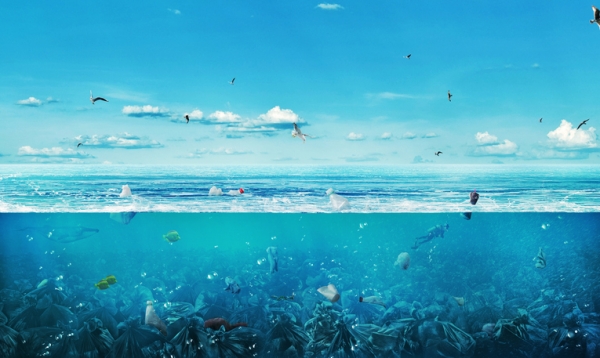
“Since David Attenborough’s Blue Planet, that has literally put sustainability and recycling and the need to clean up our oceans right at the centre of consumer priority lists. So, consumers expect and are expecting change, and I think it’s perhaps not happening quite as fast as they might have expected. …It’s all taking time and if you believe time is running out, time is of the essence to address these issues.”
In the meantime, industry also had to tackle consumer confusion around sustainable packaging, Matthews said - “probably one of the biggest challenges”.
Beauty brands and manufacturers, she said, had to “make it simple” for consumers. “Symbols on packaging for recyclable and non-recyclable are incredibly confusing. I work in the industry and I don’t understand it, so I don’t think your average man in the street can understand it. There is a need for simpler iconography.”
Nail polish, mascara and lipstick
Matthews said within all this, there were three product types that needed to be “urgently looked at” because of use rates and disposability issues: nail polish, mascara and lipstick.
“I would like to know how I recycle my nail polish bottle. What am I meant to do with the gunk? They come in nice little glass bottles, but I wouldn’t dare put it into my recycling bin because there’s a brush with plastic,” she said. “…Nail polish has become almost a throw-away. They’re sold for about two pounds, or three bottles for a fiver, and consumers are being encouraged to buy more.”
Make-up was also a “vibrant growth category” where consumers were encouraged to consume more, she said, yet many make-up products came with recommendations to replace the product after a relatively short time.
Matthews said the future required a collaborative approach between industry, retail and consumers if truly sustainable beauty packaging was to take hold. “It has to be everybody working together if it’s going to work.”
